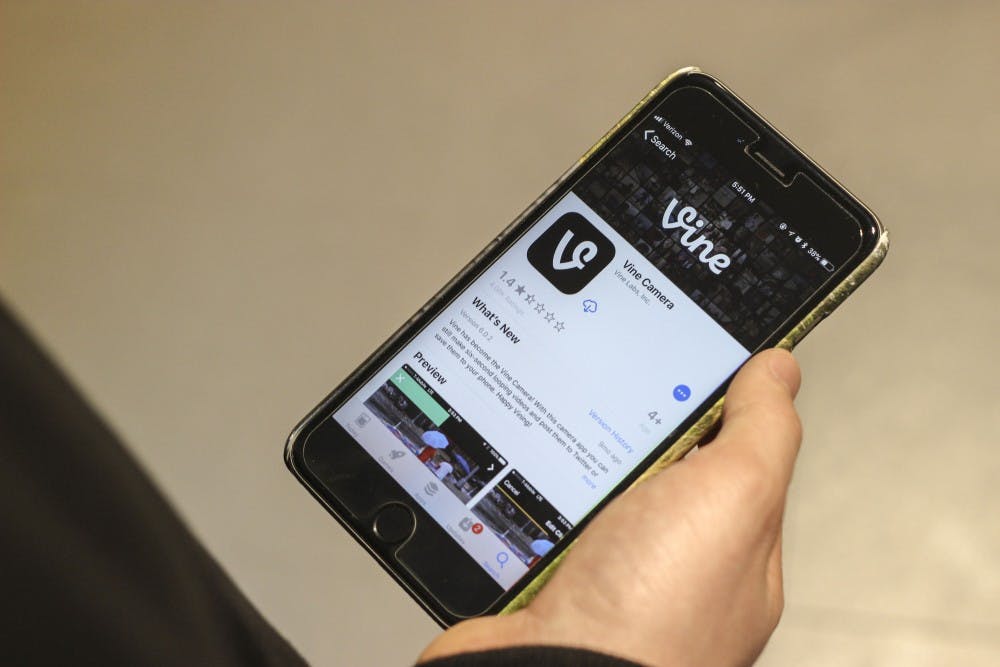When Vine catapulted into mass popularity in 2013 as Twitter’s offshoot or weird youngest child, it became a bizarre factory for pumping out six-second looping videos that quickly turned into vibrant slivers of culture.
Vines captured the beauty of the internet’s spontaneity, and we got lost in its slew of punchy videos like it was Wikipedia just years before. But what made us fall so in love with Vine?
A vine is often referred to as the visual equivalent of a tweet, but that comparison is limited.
Twitter is a place to joke about celebrities and whine about politics. It’s wordy, political and often pretentious.
While often cringey in retrospect, Vine was unpretentious, accessible and expressive in a way Twitter could never be.
Vine was the Walmart of social networks in a sea of Targets. It was trashy, but unabashedly itself and effortlessly genuine. The platform didn’t pretend to be more than it was, but it captured the possibilities and humor behind everyday life.
Six seconds seemed arbitrary, even limiting. But instead, the six-second restriction of Vine became an inspiring catalyst for creating culture.
While possibilities without constraint can be paralyzing, the six-second limit removed the paralysis of choice.
The limit is reminiscent of six-word stories, including the famous “For sale: baby shoes, never worn” that was thought to be by Ernest Hemingway. Like Hemingway, the art of brevity is something every good writer and artist learns. And while people might expect it to be limiting, these constraints open up possibilities by closing others.
In Vines, a moment is plucked out of the world a repeated ad infinitum for all to see. Just through looping, a clip of something so normal, such as a person falling, becomes instantly funny.
There’s something inherently beautiful and hilarious about this loop as it amplifies the absurd and rejects the normal. The broken record loop becomes an engine for comedy and yes, art, even on Vine.
The entertainment industry is often criticized for moving too slowly and taking years to develop new ideas and switch tracks. But Vine moved in rapid-fire bursts of innovation that routinely disrupted the status quo of the entire platform and swerved it onto a new course with each new trend, from “My Name is Jeff” to “Yeet.”
As a result, Vine never had a sense of normal. It was in constant flux and always created something new and interesting.
Ridiculous and unpolished, Vine became a place where young people converged to laugh at themselves, to share inside jokes that brought people together across barriers, to create new dance moves such as “Kirby’s Dreamland Challenge” and dabbing, and to develop punchy new slang terms that transformed language.
It also invented a strange new language and aesthetic, and built pieces of pop culture on a silly slew of accidents, dumb jokes and good-natured fun.
When we lost Vine, we didn’t just lose some frivolous website or app. We lost a mechanism for churning out morsels of culture. We lost a mode of expression.
But if you ever feel the inkling to dig Vine up from its grave or pay your respects, there’s always the option of stopping by the Vine graveyard on Vine’s archives. May she rest in peace.






